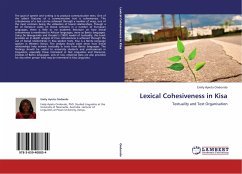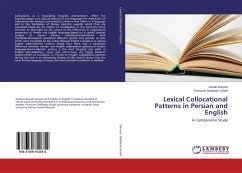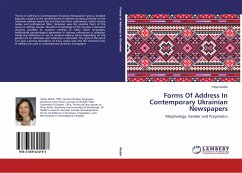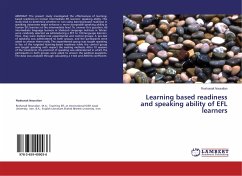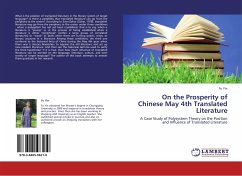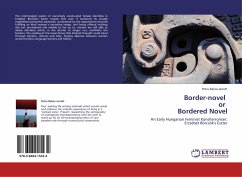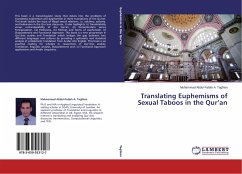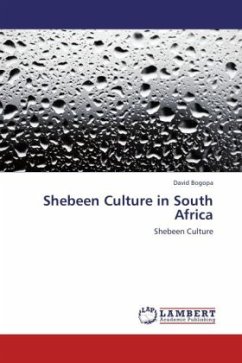The goal of speech and writing is to produce communicative texts. One of the salient features of a communicative text is cohesiveness. The cohesiveness of a text can be achieved through a number of ways, one of the most common being the utilisation of lexical relationships. Though a lot of literature exists on lexical cohesion in a number of European languages, there is little or no academic literature on how lexical cohesiveness is manifested in African languages, more so Bantu languages. Using De Beaugrande and Dressler's (1981) model of textuality, this book provides an in-depth analysis of how cohesiveness is achieved through the use of lexical relationships in Kisa spoken texts. Kisa is a Bantu language spoken in Western Kenya. The analysis should assist show how lexical relationships help achieve textuality in texts from Bantu languages. The findings should be useful to university students and professionals in Linguistics, especially those interested in Text Linguistics andDiscourse Analysis of Bantu languages. Lots of raw, empirical data are also provided for any other person who may be interested in Kisa Linguistics.
Bitte wählen Sie Ihr Anliegen aus.
Rechnungen
Retourenschein anfordern
Bestellstatus
Storno

